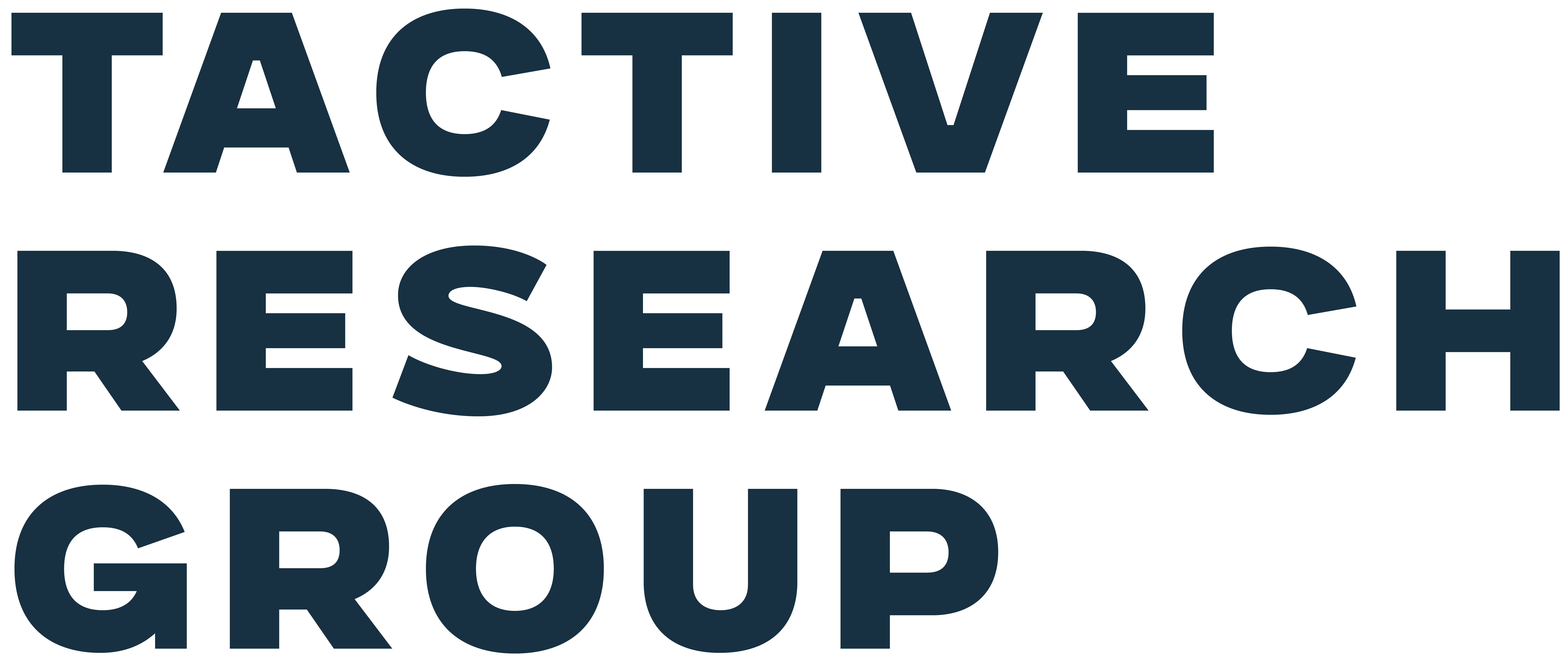In a world of escalating trade tensions, tariffs are no longer predictable line items but tactical weapons. From semiconductor embargoes to retaliatory steel tariffs, IT supply chains are now collateral damage. CIOs managing global digital infrastructure and procurement portfolios now have two critical factors to consider: costs associated with supplier pricing and supply chain resilience under economic siege.
Blindsided by Tariffs
Tariffs volatility is not just an economic risk, it is also a strategic risk with political overtones. The use of these targeted duties to achieve diplomatic or industrial policy goals has roiled international markets, industries as well as large, medium and small enterprises. To survive, CIOs must assess their exposure for all of their critical digital supply inputs.
Traditional procurement frameworks only evaluate cost and supply risk but overlook tariff volatility. This blind spot leads to decision-makers being unaware of how sudden changes in …

